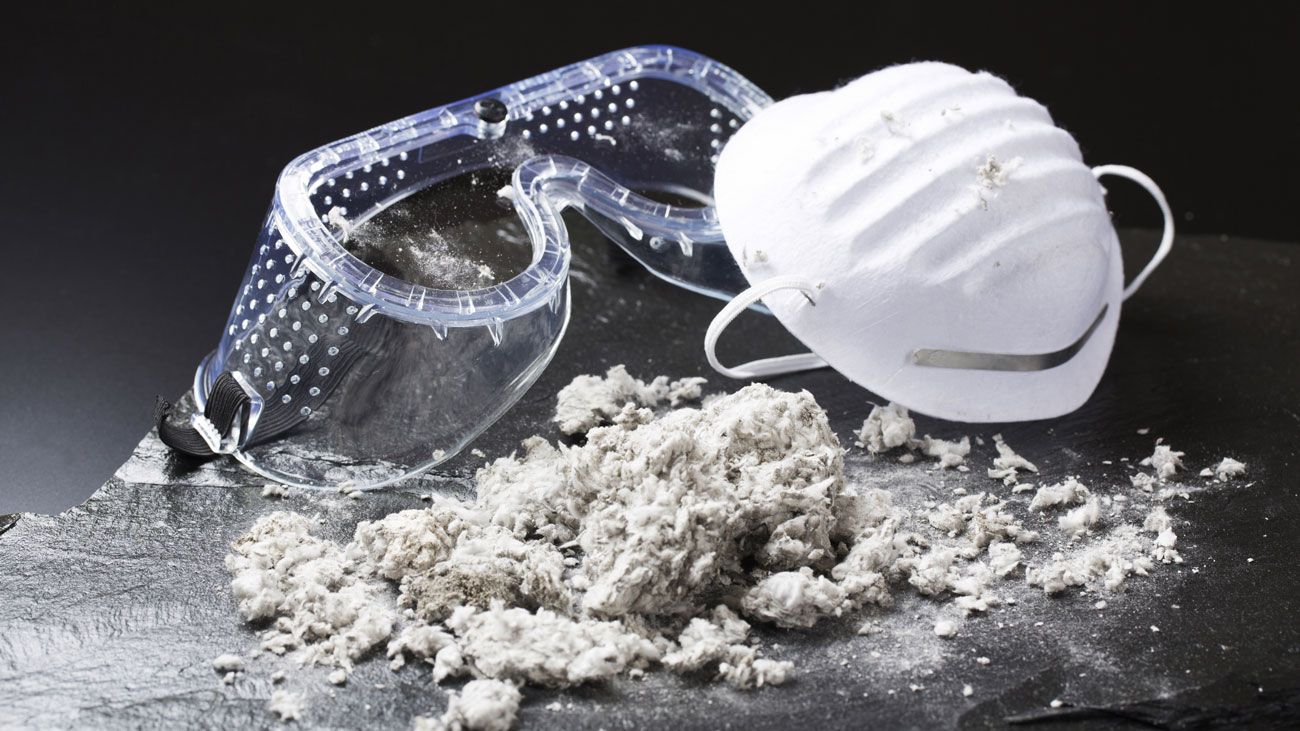WORKPLACE AND FACILITIES
BRIEFING
Duty to manage asbestos - what people want to know

Published by Alex Davies,
30 Sept 2024
Duty to manage asbestos
Earlier this year, HSE ran a free duty to manage asbestos webinar. It has taken on the feedback to highlight helpful resources to support three common themes, which are explored further in this briefing. The three themes were:
- Identifying who has the duty to manage asbestos and what buildings are covered by the duty to manage asbestos.
- What to include in an asbestos register. This is a live document and key part of your asbestos management plan. An example asbestos register and free template to download are also available.
- The main aim of an asbestos management survey is to allow you to produce an asbestos register and an asbestos management plan. The HSE’s website has information on selecting a competent surveyor, preparing for a survey and understanding your survey report.
The duty to manage asbestos
The duty to manage asbestos in buildings covers:
- All non-domestic premises, like factories or shops.
- ‘Common parts’ of multi-occupancy domestic premises, like purpose-built flats.
Non-domestic premises
Non-domestic premises includes industrial and commercial buildings like:
- Factories.
- Warehouses.
- Offices.
- Shops.
Public buildings like:
- Hospitals.
- Schools.
- Premises used for religious worship.
- Museums and libraries.
The person who has the duty to manage asbestos (the 'dutyholder') in non-domestic premises, could include the:
- Building owner.
- Landlord for the premises.
- Person or organisation with clear responsibility for the building's maintenance or repair.
Tenancy agreements
A person or organisation could have responsibility for the maintenance or repair of the premises through a tenancy agreement or contract.
The extent of the duty will depend on the agreement.
In a building occupied by one leaseholder, the agreement might be for either the owner or leaseholder to take on the full duty for the whole building, or they might share the duty.
Multi-occupied buildings
In a multi-occupied building, the agreement might be that the owner takes on the duty for the whole building, or the duty might be shared. For example, the owner takes responsibility for the common parts while the leaseholders take responsibility for the parts they occupy.
What to include in an asbestos register
The asbestos register is a live document that must always contain current information on the presence and condition of asbestos-containing materials (ACMs).
It helps you actively manage any asbestos, or presumed asbestos, in your buildings.
The register is your record of known and presumed ACMs. It will need regular updating in line with any changes to risk, for example deterioration in condition.
Your register should include, as a minimum:
- All known and presumed ACMs in your buildings.
- The type of ACM.
- How much asbestos there is and its condition, including dates of the original and last inspection.
- The potential of each ACM to release fibres (a material assessment) and likelihood of disturbance (a priority assessment) during the day-to-day running of the building.
- Where asbestos is presumed to be located if the surveyor has been unable to access areas (these locations should be kept to a minimum).
Including the following for each ACM would further help you to effectively manage asbestos risk:
- Photographs to confirm location and for routine condition monitoring.
- Actions and due dates.
- Evidence of actions being completed.
- Condition assessment due date.
You should update your register at least once a year as part of your asbestos management review or before if anything changes the risk from an ACM.
The register can be a paper or electronic record.
The main aim of an asbestos survey
An asbestos survey aims to:
- Provide accurate information on the location, amount and condition of asbestos-containing materials (ACMs).
- Assess the level of any damage or deterioration of the ACMs and whether remedial action is required.
- Provide information to produce an asbestos register and an asbestos management plan for the premises.
- Identify hidden ACMs to be removed before refurbishment work or demolition.
There are two types of survey – a management survey and a refurbishment or demolition survey. Both these survey types are likely to require sampling.
A management survey
The main aim of a management survey is to allow you, as the dutyholder, to produce an asbestos register and an asbestos management plan.
It will help you manage ACMs during normal occupation and use of the premises.
A management survey should include an inspection of the following areas:
- All rooms, corridors, stairs, basements, cellars, underground rooms and undercrofts.
- Underfloor coverings, above false ceilings (ceiling voids), lofts, inside risers, service ducts and lift shafts.
- External areas including roofs, soffits, gutters and windows.
- Other areas liable to be disturbed by maintenance activities, for example behind access hatches.
The value and usefulness of the survey can be seriously undermined if you or the surveyor impose restrictions on the survey scope.
It can mean areas are not inspected for asbestos, for example due to there being no access at the time of the survey. These areas will need to be presumed to contain asbestos and managed accordingly until they can be inspected.
Refurbishment or demolition surveys
There is a legal requirement for all ACMs to be removed, as far as reasonably practicable, before major refurbishment or demolition.
This type of survey must locate and identify ACMs, including those hidden within the building fabric, before any structural work begins at the premises or on equipment.
A refurbishment or demolition survey must be carried out by a competent surveyor. It involves destructive inspection and potential asbestos disturbance so the area must be vacated during the survey. The surveyor must confirm it as ‘fit for reoccupation*’ after the survey.
A refurbishment or demolition survey aims to ensure:
- ACMs are removed, where required, before the work starts.
- Nobody will be harmed by work on ACMs in the premises or equipment.
- Such work will be done safely by an appropriate contractor.
International Workplace's one-day asbestos course
Despite the import, supply and use of asbestos being banned in the UK since 1999, the material remains the largest single cause of work-related fatalities, with more than 5,000 deaths each year from diseases including mesothelioma, lung cancer and asbestosis. If there is asbestos present in your workplace, you need to be aware of how to manage it safely.
Our asbestos virtual classroom course has been designed to help you understand how to manage asbestos in the workplace and recognise the risks.
As long as asbestos is in good condition and is not disturbed or damaged, there is negligible risk. However, if it is disturbed or damaged, it can become a danger to health, because people may breathe in asbestos fibres released into the air. Anyone liable to disturb the fabric of a building or anyone supervising those people must have awareness training. This would include, but is not limited to, maintenance and repair staff, FM operatives, electricians, plumbers, gas fitters, IT installers and fire alarm cablers.
The content of International Workplace’s asbestos virtual classroom course follows the L143 Approved Code of Practice for the Control of Asbestos Regulations (CAR) 2012.

You might also be interested in
RELATED CONTENT
RELATED COURSES

The asbestos course looks at how to manage asbestos in the workplace and recognise the risks.

The Control of Substances Hazardous to Health (COSHH) course helps learners carry out work involving hazardous substances safely.

The Dust and silica exposure course looks at the risks of exposure to hazardous dusts and how they can be controlled and managed.

The Emergency first aid course offers learners the skills and knowledge to deal with emergency first aid situations at work.

Despite asbestos being banned in the UK since 1999, it remains the largest single cause of work-related fatalities, with more than 5,000 deaths each y...

Global Asbestos Awareness Week 2023, organised by the Asbestos Disease Awareness Organisation, takes place this week (1-7 April), aiming to raise awar...

Several businesses have been prosecuted in the last 12 months for asbestos issues. Whilst the pandemic interrupted regular asbestos audits and proacti...

Asbestos has been banned for many years, yet it still causes thousands of deaths per year. In fact, studies show that we should expect to continue see...